As the summer days fade away and autumn approaches, many parents start to feel a mix of excitement and nervousness about the new school year. For those with kids who have food allergies, it can be especially tough. Sending your child off to school, where you can’t keep an eye on everything they eat, can be downright overwhelming. But don’t worry – with some planning, communication and a proactive approach, you can get your child, their school and yourself ready for a safe and confident return to school.
Creating a school allergy action plan
Your child’s Food Allergy and Anaphylaxis Emergency Care Plan should be clear and easy to access. It should include:
- A recent photo of your child and their personal info
- Their known allergens and symptoms
- Step-by-step epinephrine instructions
- Emergency contact numbers
Share copies with the school nurse, teacher, cafeteria staff and activity supervisors. Give extra copies to field trip chaperones and coaches. Make sure caregivers know how to use an epinephrine auto-injector before school starts.
Storage tip: Store epinephrine at room temperature in multiple places — never in a hot car or near heat. It should be easily accessible during school hours or outdoor activities.
Understanding anaphylaxis in children
Anaphylaxis is a severe allergic reaction that affects breathing, circulation and/or multiple body systems. It needs to be treated right away with epinephrine. Common food triggers include peanuts, tree nuts, milk, eggs, soy, wheat, fish and shellfish.
How to recognize the symptoms of anaphylaxis
Symptoms can start quickly and affect many parts of the body. Look for things like:
- Hives or rash on the face or other areas of the body
- Swelling of the face, lips or tongue
- Sensation of swelling or tightness in the throat
- Difficulty swallowing or changes of voice from throat tightness
- Wheezing, coughing or trouble breathing
- Stomach pain, nausea or vomiting
- Dizziness, pale or bluish skin
- Sudden anxiety or changes in behavior
If you think your child is having an anaphylactic reaction, use epinephrine ASAP and call 911.
Managing food allergies at school
- Work with cafeteria staff to prevent cross-contact.
- Pack safe lunches.
- Review classroom party snacks and art supplies for allergens.
Before school starts, meet with the school nurse, teacher and administrators. Review your child’s Food Allergy Action Plan together and demonstrate using an auto-injector. Discuss allergen-free seating and safe snack policies. Make sure staff know to call 911 right after giving epinephrine.
Encourage classmates to wash hands after eating, avoid sharing food and alert an adult if someone looks unwell. This can help reduce exposure risks and raise awareness.
Teaching your child to self-advocate
Encourage your child to speak up about their allergies to stay safe.
- For younger kids, teach them to say “that food isn’t safe for me” and ask for help politely.
- For older kids, encourage label reading, refusing unsafe food and navigating peer pressure.
- For teens, coach them on managing allergies in restaurants, social events and sports.
Teach key safety habits, such as not sharing food or utensils, washing hands before eating and wearing medical identification.
Practice “allergy drills” at home to help your child respond calmly and quickly in emergencies.
Safety beyond the classroom
Field trips, sports events and after-school activities can be tricky. Always send an epinephrine auto-injector and Food Allergy Action Plan with the supervising adult. Make sure they know your plan and can act fast if needed.
Before school starts checklist
- Review and update your child’s Food Allergy Action Plan with their allergist
- Provide unexpired– epinephrine auto-injectors and backups to the school
- Complete all school health forms
- Practice emergency scenarios with your child
- Prepare safe snacks for classroom events
- Review school allergy policies to understand protocols and your rights
Promoting awareness and inclusion
Safety is key, but inclusion matters too. Join parent groups managing severe allergies, encourage your child to talk openly about social concerns and work with your school to raise allergy awareness.
A confident and safe school year
Managing food allergies at school is a team effort between parents, kids, healthcare providers and educators. With preparation, communication and ongoing vigilance, your child can enjoy a safe, inclusive and successful school year.
 https://riseandshine.childrensnational.org/wp-content/uploads/2025/09/teacher-and-student-feature.jpg
300
400
Danielle Robbins
https://riseandshine.childrensnational.org/wp-content/uploads/2017/11/childrens_riseandshine_logo.jpg
Danielle Robbins2025-09-18 14:08:472025-09-18 14:08:47Embracing making mistakes
https://riseandshine.childrensnational.org/wp-content/uploads/2025/09/teacher-and-student-feature.jpg
300
400
Danielle Robbins
https://riseandshine.childrensnational.org/wp-content/uploads/2017/11/childrens_riseandshine_logo.jpg
Danielle Robbins2025-09-18 14:08:472025-09-18 14:08:47Embracing making mistakes


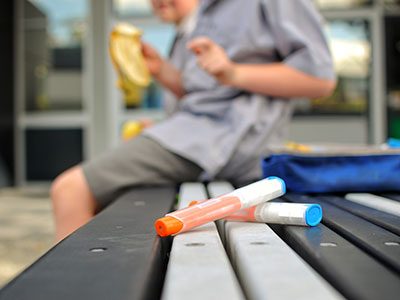





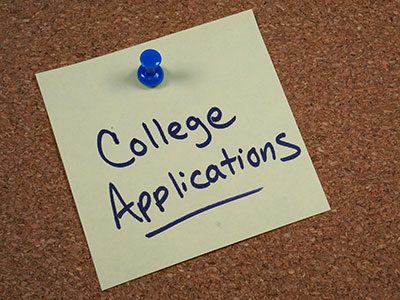

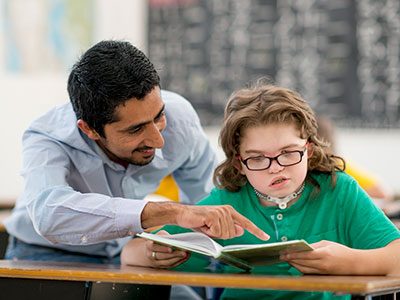



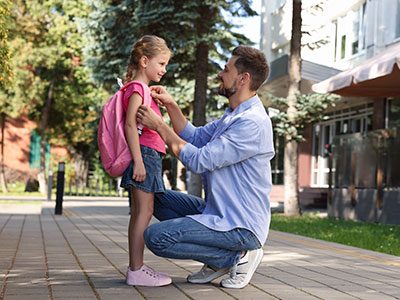

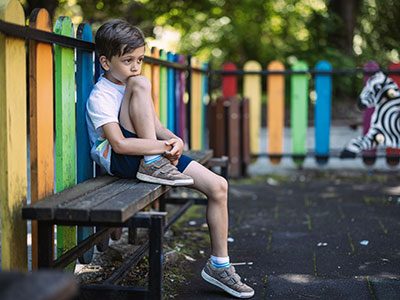



Leave a Comment
Want to join the discussion?Feel free to contribute!